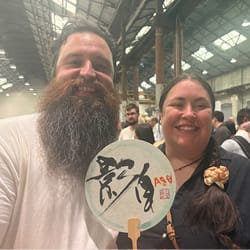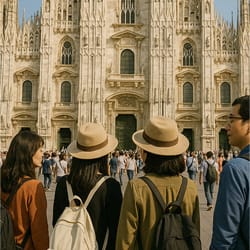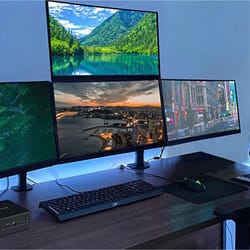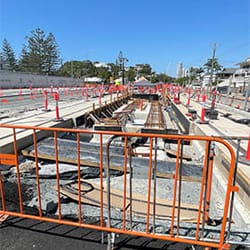Villetta Dinegro is also a public park and, although it is not well maintained, it is very popular amongst Genoese people.
The Chiossone museum is one of the most important collections of oriental art in Europe and the most complete and important in Italy.
The place hosts the private collection of the local painter and engraver Edoardo Chiossone, a native of Arenzano (in the province of Genoa).
Chiossone was indeed born in Liguria but he studied in Florence and lived a good part of his life in Japan, working as an artist and a curator.
He became a passionate collector and connoisseur of Japanese art, so much so that he rounded up around fifteen thousand pieces (later donated to the Municipality of Genoa), facilitated by the abandonment of the Japanese feudal system at that time, a transformation which led to the financial ruin of many aristocratic families, who jealously put objects up for sale guarded for centuries, which Chiossone hoarded.
His collection included numerous weapons and armor, but also Chinese and Japanese bronzeware, enamels, ceramics, textiles, lacquerware and theatrical masks.
The engraver left the collections to the city of Genoa in his will, where they arrived at the end of the nineteenth century.

The Edoardo Chiossone Museum of Oriental Art in Genoa
The atrium of the museum displays three Chinese sculptures from the Sung period, the late Yuan period and the Ming period and the hall also welcomes visitors using the cozy light of large Japanese temple lanterns. Moving up to the first gallery, in the main room there is an ancient bronze bell, large Japanese sculptures from the Edo period and a seated Buddha.
In the second gallery, twelve impressive Japanese armors dating back to the end of the century are displayed in showcases while on the walls there is a series of panoplies made up of helmets combined with sabers or daggers, as well as war masks.
Going up to the third gallery there are Japanese paintings from the classical schools and two wonderful screens from the Tosa school depicting famous battles.
The fourth gallery includes other Japanese paintings depicting scenes from the daily life in the seventeenth century.
At this point of the itinerary the descent begins, which leads to the fifth gallery, where various categories of Japanese and Chinese objects are displayed in eight showcases (Japanese saber guards, bronze mirrors of Chinese, Japanese and Korean art, Chinese enamels from the Ming era, Chinese, Japanese, and Korean ceramics and porcelains and Chinese and Japanese art lacquer ware).
Going down to the sixth gallery there are nine display cases containing objects mainly of Japanese art, including: theatrical masks, minor sculptures from Japan in wood and bronze and other minor bronze sculptures from China, Tibet and Burma.
Crossing the first gallery back to the atrium, halfway up the connecting staircase you will find a rack housing a series of point weapons from the Edo periods and, at the end of the staircase, a showcase presents clothes partly relating to the No theater as well as a ceremonial dress of Chinese art from the eighteenth century.
The atmosphere is so peaceful and the surroundings so green that it is a place to visit at least once.
It is a bridge, a connection between the East and the West, right in the heart of Genoa.
And it’s just a stone throw away from the Politeama Theater which I hope to write about in one of my future blogs.






























































